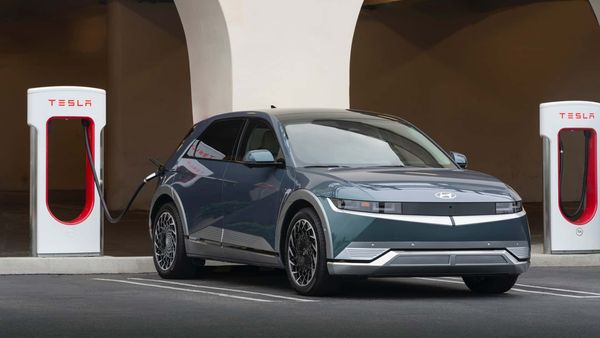The story so far: In August 2022, India formally updated its nationally determined contribution (NDC) to the United Nations Framework Convention on Climate Change (UNFCCC) which was made on October 2, 2015. The NDC was approved by the Union Cabinet on August 3.
The updated NDC is a step towards India’s goal to reach net-zero emissions by 2070, the government said in a press release.
What is the Paris Agreement?
The 2015 Paris Agreement is a legally binding international climate treaty, approved by world leaders attending the Climate Conference, COP21. It was adopted by 196 countries on December 12, 2015, and entered into force on November 4, 2016.
The Paris Agreement’s main goal is to limit global warming by keeping average global temperatures “well below two, preferably to 1.5 degrees Celsius”, in comparison with pre-industrial levels.
What is a nationally determined contribution?
Plans submitted by countries to work towards their climate goals are known as nationally determined contributions (NDCs). Each signatory of the Paris Agreement is required to prepare, communicate, and maintain the NDCs it intends to achieve as part of its climate action plan. This is outlined in Article 4, paragraph 2 of the Paris Agreement.
NDCs are submitted every five years to the UNFCCC secretariat.
What is the document all about?
India submitted a three-page document to UNFCCC in August, which is an update to its first NDC that was submitted on October 2, 2015.
Emissions intensity
The updated contributions include reducing the emissions intensity of the GDP by 45% by 2030, compared to the 2005 level. According to India’s 2015 NDC, the country had announced that it will work towards improving the emissions intensity of its GDP by 33-35% below the 2005 level, by 2030.
In December 2020, former Environment Minister Prakash Javadekar claimed that India had already achieved 21% of its emissions intensity as a proportion of its GDP in line with its commitment.
Emissions intensity is the total amount of emissions emitted for every unit of GDP. In a cover letter dated August 23, Environment Minister Bhupender Yadav said that the goal to reduce emissions intensity and improve energy efficiency was not sector specific. At the same time, vulnerable sectors of the economy and segments of the society will be protected, Mr. Yadav added.
Non fossil fuel-based energy
By 2030, India also plans to achieve about 50% of cumulative electric power installed capacity from non-fossil fuel-based energy resources. To accomplish this, India will use low-cost international finance, including the Green Climate Fund (GCF). The GCF,set up as part of the Paris Agreement, is the world’s largest climate fund. It helps developing countries achieve their NDCs and work towards lowering emissions, with the hope of eventually averting the climate emergency.
Sustainable living
The press release states that India has propagated sustainable living based on traditions, conservation, and moderation to combat climate change. This also includes a mass movement for “LIFE” – lifestyle for environment. According to Niti Aayog, LIFE is a public movement to encourage people to become pro-planet. “Today, there is a need for all of us to come together and take Lifestyle for Environment forward as a campaign. This can become a mass movement towards an environmentally conscious lifestyle,” Prime Minister Narendra Modi said at COP26 held in Scotland in 2021.
Other highlights of India’s updated NDC include adopting a climate-friendly and cleaner path for economic development, creating an additional carbon sink, adapting to climate change by enhancing investments in development programmes in vulnerable sectors, mobilising funds from developed countries to implement better mitigation and adaptation actions, and building an architectural framework and other capacities for quick diffusion and better research and development for climate technologies.
India’s performance in the past
In October 2021, former Niti Aayog CEO Amitabh Kant said that India is the only G20 country that is on track to achieve its climate goals under the Paris Agreement.
In 2019, India ranked among the top 10 countries in the climate change performance index for the first time. It ranked tenth onthe 2022 index as well. Its performance was rated high in the greenhouse gas emissions, energy use, and climate policy categories, and medium in the renewable energy category.







